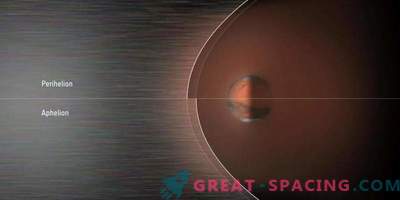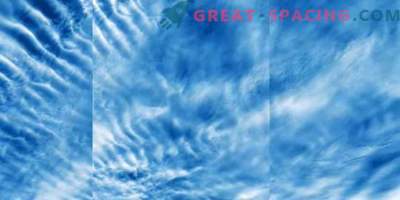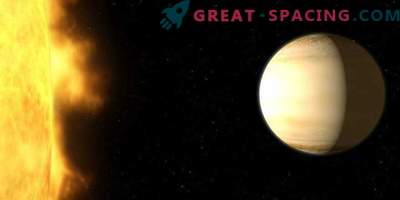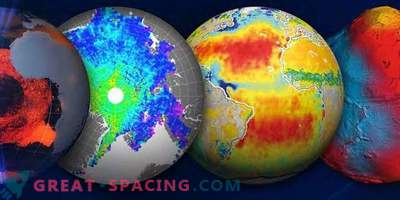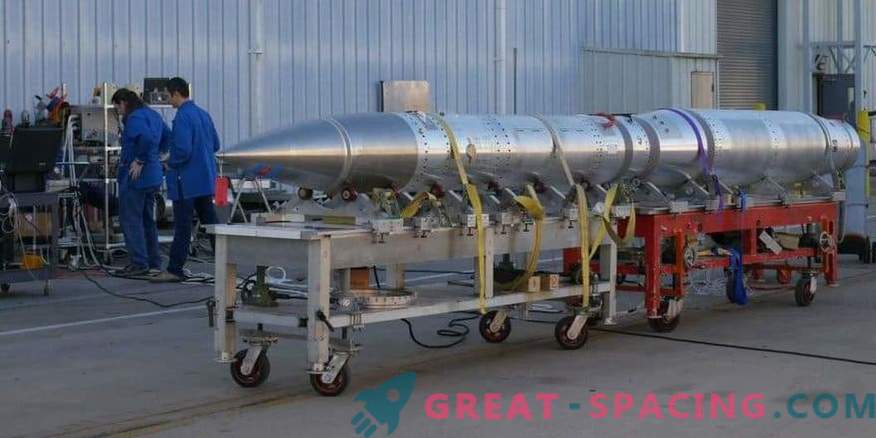
Usually NASA rockets are launched from Alaska in the wintertime to explore the interaction of solar winds and the earth’s atmosphere, due to auroras. But on January 15-31, 2018, NASA employees decided to explore other goals.
Scientists plan to send 4 rockets to measure cosmic X-rays and determine how a huge water reserve can affect the upper atmosphere and create polar mesospheric clouds (PMO).
One rocket will study the “Diffuse X-rays” from a local galaxy. This analysis should help investigate the sources of X-rays that crash into our planet. It is now believed that scattered X-rays come from two points. The first is outside our system and created by the remnants of many supernova explosions. And the second is inside the system and is generated by recharging the solar wind.
Water dispersion in the upper atmosphere during the Super Soaker mission on the Wallops
Running from Alaska ensures important benefits for the DLX. The zone is located close to the earth’s magnetic pole, which makes it possible to measure X-rays closer to the area where the solar magnetic field is in contact with the earth’s. In addition, there are always optimal conditions for launch. Three rockets will go for the Super Soaker mission. This study focuses on the formation and dynamics of polar mesospheric clouds (MIPs). These are layers of microscopic ice particles created at an altitude of 53 miles above sea level and characterized by an incredible sensitivity to small changes in the environment. It is this sensitivity that allows them to be used to assess changes in the upper atmosphere over many decades.
Super Soaker will try to calculate the effects of short-term changes on MIP and other atmospheric variables by firing steam into the upper atmospheric layer. Rockets will head into a layer with 50 gallons of water. This canister will be dispersed at a height of 53 miles and will be measured by the state of the atmosphere before, during and after the operation. The mission will last 32 minutes.
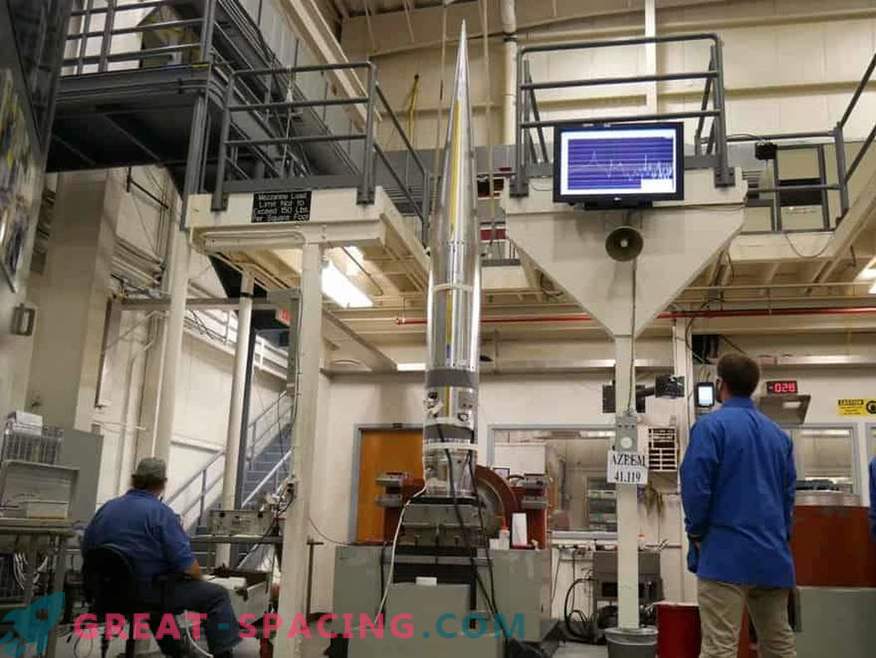
The Super Soaker payload is tested for its ability to work during vibration during flight.
To determine the initial and final states of the upper atmosphere, the two rockets are equipped with trimethyl aluminum (TMA), whose pairs will then be observed by earth chambers at different points in Alaska. This is a classic system for creating markers in the upper atmosphere. After release, TMA reacts with oxygen and creates compounds. It is sprayed at a height of 45-90 miles.
The third rocket with water starts between the two with TMA. Researchers will measure water vapor dispersion and temperature changes. Launches can be seen in the online broadcast.





